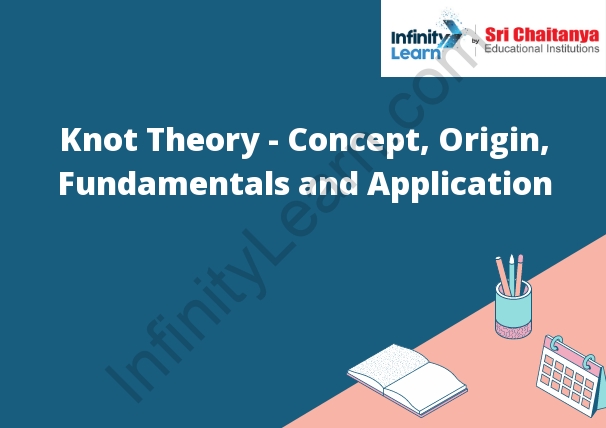Table of Contents
Let’s Unknot the Knot Theory
The knot theory is a branch of mathematics that deals with the properties of knots and their corresponding diagrams. In knot theory, a knot is defined as a closed curve in a 3-dimensional space. A knot diagram is a 2-dimensional projection of a knot onto a plane.
The most basic property of a knot is its knot type. A knot is said to be of knot type 1, 2, 3, etc., depending on the number of crossings it has. A knot with no crossings is said to be a trivial knot.
The Reidemeister moves are a set of moves that can be used to change the type of a knot. There are three Reidemeister moves: the move across, the move around, and the move through.
The knot theory is also concerned with the properties of knots that can be determined from their knot diagrams. These properties include the knot’s genus, crossing number, and Alexander polynomial.

Knot Mathematics
There are many different types of knots, but in general, a knot can be defined as a curve in a plane that is tightly bound to a fixed curve. In other words, a knot is a closed curve that is attached to a second curve in such a way that it cannot be pulled apart without breaking the connection.
There are a number of mathematical properties that are associated with knots, including knot invariants and knot polynomials. Knot invariants are numerical properties that remain the same regardless of how a knot is oriented, while knot polynomials are mathematical expressions that describe the shape of a knot.
One of the most important applications of knot theory is in the field of topology, which is the study of properties that are invariant under deformations. For example, a sphere and a cube are both topologically equivalent, because they can be deformed into each other without breaking the internal structure. However, a sphere and a torus are not equivalent, because the former can be deformed into the latter, but not vice versa.
Knot Theory Mathematics
is the study of quantity, structure, space, and change. Knot theory is a branch of mathematics that deals with the properties of knots and their diagrams. In knot theory, a knot is a closed loop in a piece of string. A knot diagram is a drawing of a knot with some of the string removed.
Knot theory is used in physics, engineering, and biology. It can be used to solve problems in these fields, or to understand the properties of knots. Some of the properties that knot theory investigates are the crossing number, the knot group, the knot polynomial, and the Alexander polynomial.
The crossing number of a knot is the number of times the knot crosses itself. The knot group is the group of all permutations of the crossings of a knot. The knot polynomial is a polynomial that depends on the crossings of a knot. The Alexander polynomial is a polynomial that depends on the lengths of the strands of a knot.
Do you know the Fundamentals of the Knot Theory for Dummies?
There is no such thing as “Knot Theory for Dummies.” Knot theory is a field of mathematics that deals with the properties of knots and their diagrams. It is a fairly complex field, and it would be difficult to explain it in a simplified way.
Knot Theory Math
Knot theory is the study of the mathematical properties of knots. In knot theory, a knot is defined as a closed curve in space. A knot is said to be “untied” if it can be transformed into a simple loop.






